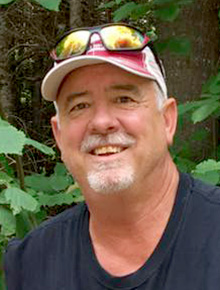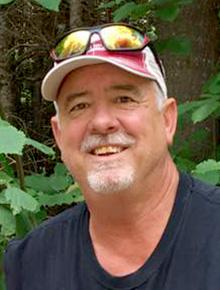
I promised a while back to share with you my four-part series on dog training obedience and some more advanced training that you can accomplish on your own if you choose to do so.
I will start this conversation with a variety of quotes I have coined over my 25 years of training experience:
•If you don’t mind a dog that barks a little bit, you’ll have a dog that barks a little bit.
•The dog will perform to exactly the owner’s level of expectation of the dog.
•In order to have an obedient and compliant dog, the dog must actually know it is a dog and not a child.
•Anyone can train their own dog successfully if they want to.
I cannot count the number of dogs that I have trained to complete a calm and easy walk with their owners. This is the most rudimentary training and can be done with very little effort. It amazes me the number of owners who will tolerate just about any behavior in their dog and then think that this is just the way it has to be. Not true!
Let’s start with my definition of obedience. In my world there are two distinct kinds of obedience. The first one I refer to as the Scotch Post-it Note obedience. This is where the dog can perform low level routine tasks with some level of success as long as there are absolutely no other distractions. You can interact with the dog in the backyard by yourself and they seem to do OK. Imagine writing the word obedience on a Scotch Post-it Note and then sticking it to your dog’s fur. It might stay there as long as the wind does not blow or a few drops of rain don’t fall. If there is no physical exertion by the dog, the obedience note will stay attached. No other dogs can be seen or heard.
The second form of obedience is the “soak a sponge in a bucket” obedience. Take a bucket and fill it with imaginary liquid obedience. Then take the dog, in this case the sponge, and submerge it in the bucket. Obedience soaks into every crack and crevice of the object, that being the dog, and it would take a very long time for the liquid to evaporate and lose the obedience it once contained.
Obedience is a skill the dog learns, and that needs to be refreshed on a regular basis. My four dogs each get a planned and scheduled obedience refresher about every three weeks or so. These planned training efforts, special time set aside just for the distinct purpose, happen less often in the fall when we are hunting almost every day, and the opportunity to refresh obedience happens on a very regular basis.
So, what does it take to train your own dog? There are only two requirements and they are No. 1, a little time, and No. 2, lots of commitment. It does not take two hours a day to train a dog. For basic obedience and intro level hunting, it takes about 15 minutes per day.
When you start a formal obedience program, you need to make a commitment for these 15 minutes a day for about 30-45 days. This done correctly is not one day this week and one day next week for 45 weeks. It is 15 minutes per day for 90 percent of a continuous 30-45 days.
A puppy, or any dog for that matter, builds on what it has learned each day, and multiply this education and experience with repetition over time. If you start on a Lego project and add a brick, it still looks small, but over time you can build the Star Ship Enterprise. Training a dog is no different. It is my belief that if you are making progress and then take five days off, the animal will actually lose a little of what it had learned and then you need to put those building blocks back in place before you can advance further.
There is one last thing I feel is important for you to know before you start any formal obedience program. A dog is not a radio or other electronic device. They do not turn on and off in an instant. When you are playing, then play. When you are training, you are training and not playing.
It is not playing fair with the dog to have it all wound up playing fetch, (the radio on at full volume) and then think you can shut that dog down to rock-solid statue status (radio turned off, no volume) in two seconds.
When I am playing with the dog, I use a voice that is high and upbeat. When I am training, I use a voice tone that is much lower and has no excitement in it. I will attach the leash and say something like, OK Ghost, it is time to go training. The dog will immediately sense your seriousness by the tone of your voice.
When the training is over, I release the dog with an exuberant “OK,” and this tells the dog that training is over and it’s back to playing fetch.
(Parts 2-4 in coming weeks.)
Scott Rall, Worthington, is a habitat conservationist, avid hunting and fishing enthusiast and is president of Nobles County Pheasants Forever. He can be reached at scottarall@gmail.com. or on Twitter @habitat champion.



